 Contents
Contents

 Introduction
Introduction

T he relationship between food and health has fascinated me since the early fifties, after my parents took my brother and me to a spa. It was time, they had decided, to get healthy, so the whole family went on a vegetable-broth-and-fruit-juice fast. My parents stayed on it for twenty-one days; I, just turned eleven, stayed on it eleven days, and my five-year-old brother, five.
That fast made me acutely conscious of the connection between food and health. After the experience, my family remained mostly vegetarian. From a weak, whiny child, I became healthier and stronger. More importantly, I learned to choose my food so as to feel well.
In 1964 I discovered the macrobiotic way of eating. This was the Japanese version of the vegetarian and natural-healing ideas I had grown up with; but instead of whole wheat, lentil soup, raw vegetables and fruits, dairy products, garlic, parsley, and lemon juice, macrobiotics offered brown rice, miso soup, sauted vegetables, pickles, cooked fruit, tofu and other soyfoods, ginger, seaweed, and umeboshi plums. Whats more, the macrobiotic system was rooted in a well-defined philosophy of how the world works. In terms of food choices, macrobiotic theory takes into account general energy flow, intrinsic food quality, relationships between nutrients, plus the traditions and physical health of your ancestors, the condition of your general health, the influence of your environment, your current work, and your spiritual direction. I am inclined toward philosophy, and an eating style based on firm philosophical principles makes more sense to me than one based on constantly changing scientific data.
As a Westerner adopting this diet, however, I eventually began to see a basic contradiction. Although I was supposed to eat like my European ancestors, a macrobiotic diet is based mainly on Oriental foods, ingredients, cooking techniques, and home remedies. Since I agreed with the basic philosophy, I began little by little to integrate my Western heritage with the macrobiotic dietary ideas.
For the rest of the sixties and early seventies I spent a lot of time reading both esoteric and orthodox books on nutrition, health, food, and cooking. My dual interest kept my reading on parallel tracks. While I plowed through unorthodox nutrition writers such as Arnold Ehret, Paavo Airola, Dr. Vander, George Ohsawa, Herman Aihara, Dr. Henry Bieler, Weston Price, J. I. Rodale, and George Watson, I was also devouring cookbooks like The Joy of Cooking, along with the works of Julia Child, James Beard, and Beatrice Trum Hunter. I also read Michel Abehsera and every vegetarian and macrobiotic cookbook on the market, and attended numerous workshops and as many cooking classes as I could, although in those days there were very few of any kind available.
Eventually all this mental gluttony needed a constructive outlet. As the Japanese say, One grain planted returns ten thousand: Soon I found myself compelled to teach what I had learned. After a two-year stint as vice president of the New York East West Center for Macrobiotics, I opened my own cooking school in my apartment on November 22, 1977, and called it The Natural Gourmet Cookery School. I taught a basic set of ten cooking classes that I called health-supportive, using ideas from both Eastern and Western unorthodox nutritional thinkers, rearranged in my own way.
As I developed my own approach, my book learning became rounded out by my own real-life experiences, by those of my two growing daughters, and of course, by my students. The feedback I received from them about their reactions to different foods and systems has been one of my major sources of information. I found, for example, that not only do sick meat eaters get healthier when they turn vegetarian, but weak vegetarians often become stronger when they reincorporate fish or fowl into their diets. People with digestive disturbances often do better avoiding all raw foods, but others need a regular dose of fresh salad or raw fruit. The initial strict macrobiotic slant of my classes relaxed as I began to use more and more herbs, spices, and fresh and raw vegetables while cutting down on soy foods and salty condiments. My cooking style returned to a more Western approach. However, I did not reincorporate refined sugar, white flour, and dairy products, as I found health suffered whenever I used these foods.
In 1979, I wrote my first cookbook, The Book of Whole Meals, in which I taught readers how to put together dinners, breakfasts, and lunches based on whole grains and beans. The book is meatless and wholly dairy- and sugar-free but does contain several fish and egg recipes. Curiously enough, I received completely opposite comments about that book, in addition to the many positive ones: strict adherents of macrobiotics consider it too wide, while mainstream nutritionists think it is too restricted. Fortunately enough people find it useful so that it continues to sell and be reprinted.
In 1982 I signed up for a week-long seminar called The Five Phases of Food, given by John Garvy, a naturopathic physician and longtime friend. In that course I learned a most fascinating viewpoint on food, gleaned from the Five-Element Theory of Chinese medicine. It would take me another two years to really begin to work with it, but the course greatly expanded my vision about how food works. It also helped me in the area of menu planning, and it is there that I find its main usefulness in my cooking classes.
My continued studies of the relationship between what we eat and how we feel found expression in my next book, Food and Healing, where I attempted a sort of unified field theory of all dietary systems. That is, I first laid out a basic philosophical model, then I examined the Standard American and Recommended American diets, vegetarianism, high-protein diets, the Pritikin regime, low-calorie diets, the fortified natural-foods diet of Adelle Davis and others, macrobiotics, and the health-supportive eating style, comparing them to that model, to discern discrepancies and points in common. The third part of the book shows how to use the same philosophical model to help heal minor health complaints, headaches, fevers, colds, skin problems, and the like, using food remedies.


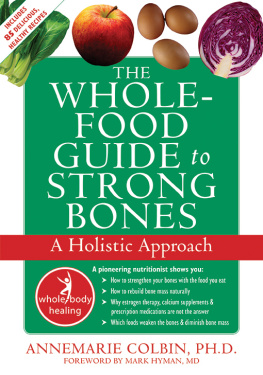
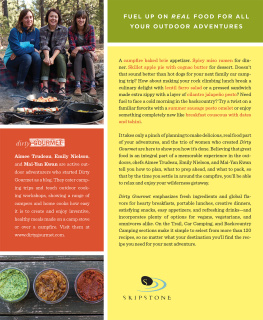

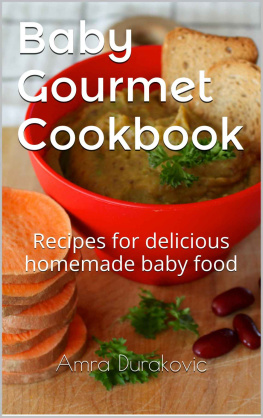
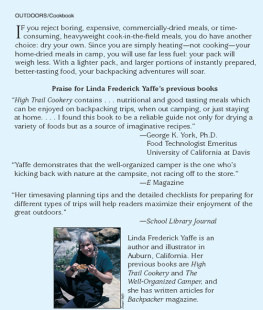
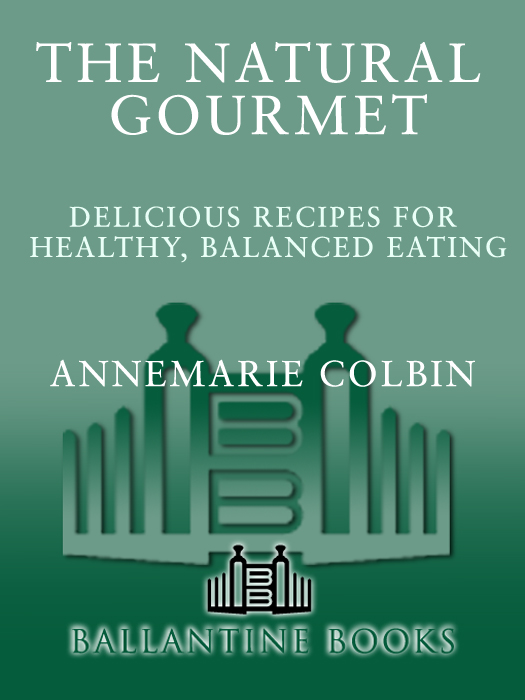
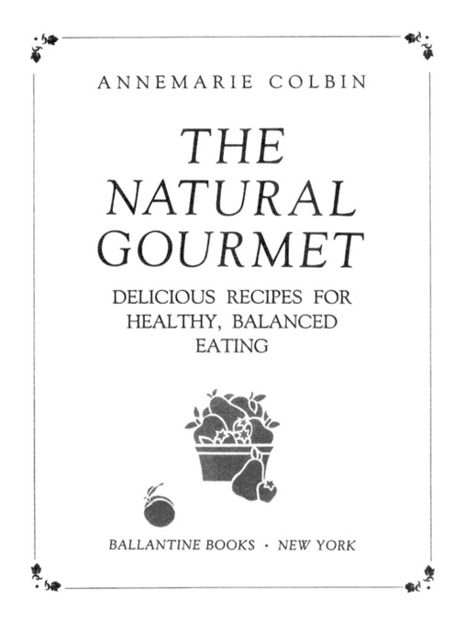
 Contents
Contents

